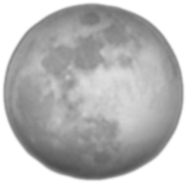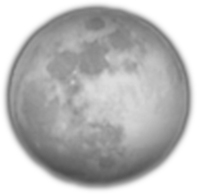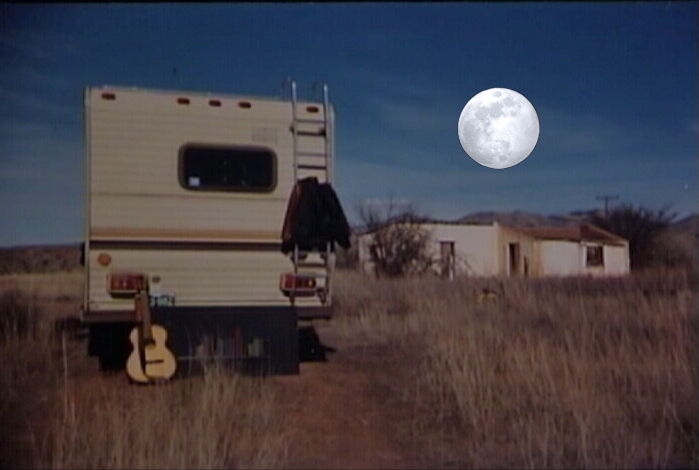The Full MOON in October is not just a rumor, it’s coming October 29 at 1:50 P.M. Denver time: The Full Hunter’s Moon.
Video is from Old Farmer’s Almanac hosted by Amy Nieskens
October is the month of the Full Hunter’s Moon.
This was the time to hunt in preparation for winter. This full Moon is also called the Travel Moon and the Dying Grass Moon.
From Western Washington University:
American Indians gave names to each of the full moons to keep track of the passing year. The names are associated with the entire month until the next full moon occurs. Since a lunar month averages 29 days, the dates of the moons change from year to year. Here are titles most closely associated with calendar months. [Two of those names are mentioned here]
Back East
Mohawk, Eastern Woodlands
According to WWU: in the Mohawk language the word for this month’s moon is, kentenha (time of poverty.)
Kateri Tekakwitha named first Native American saint in Vatican ceremony
By Claudio Lavanga, NBC News
VATICAN CITY – She was known as Lily of the Mohawks, or the Pocahontas of the Catholic Church. But on Sunday, Kateri Tekakwitha went down in history as the first Native American saint.
Born more than 300 years ago in the Mohawks village of Ossernion – today Ausierville, forty miles from Albany NY – she was one of seven people canonized by Pope Benedict XVI Sunday in an open-air ceremony held in Saint Peter’s Square. read more…

Out West
Zuni – Southwest, New Mexico
According to WWU: in the Zuni language the word for this month’s moon is, li’dekwakkwya lana (big wind moon.)

We’wha (1849–1896, various spellings) was a Zuni Native American from New Mexico. She was the most famous lhamana, a traditional Zuni gender role, now described as mixed-gender or Two-Spirit. Lhamana were men who lived in part as women, wearing a mixture of women’s and men’s clothing and doing a great deal of women’s work as well as serving as mediators read more…
The Old Farmer’s Almanac
Western Washington University
Visit the main pages of LasVegasBuffetClub.Com











